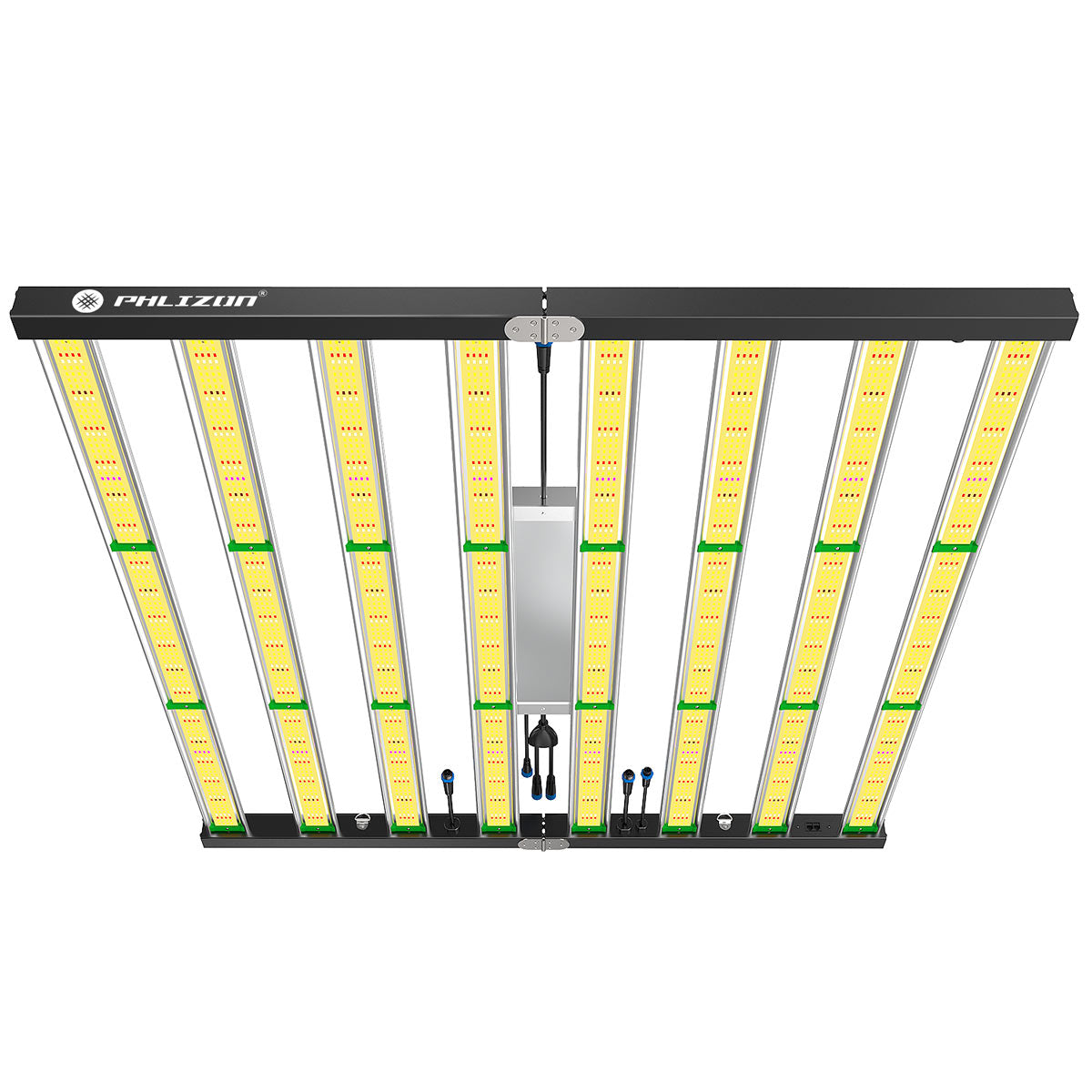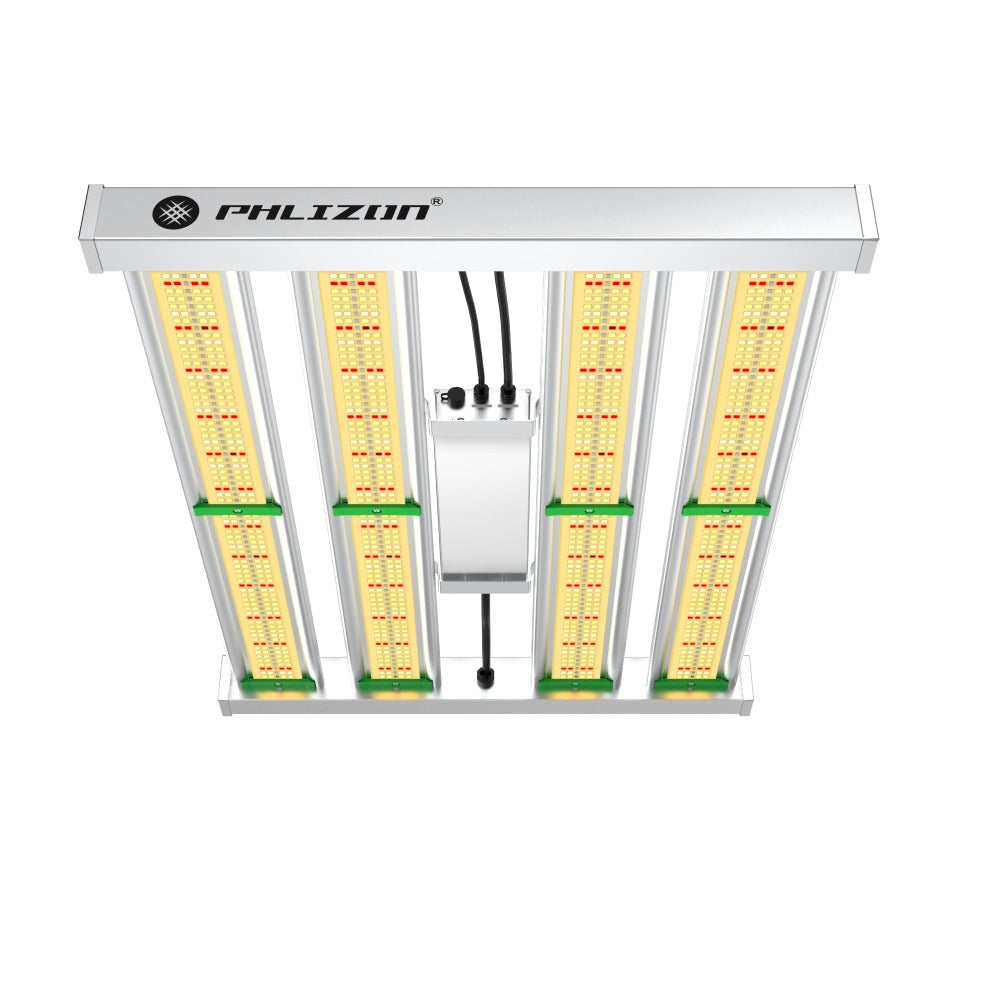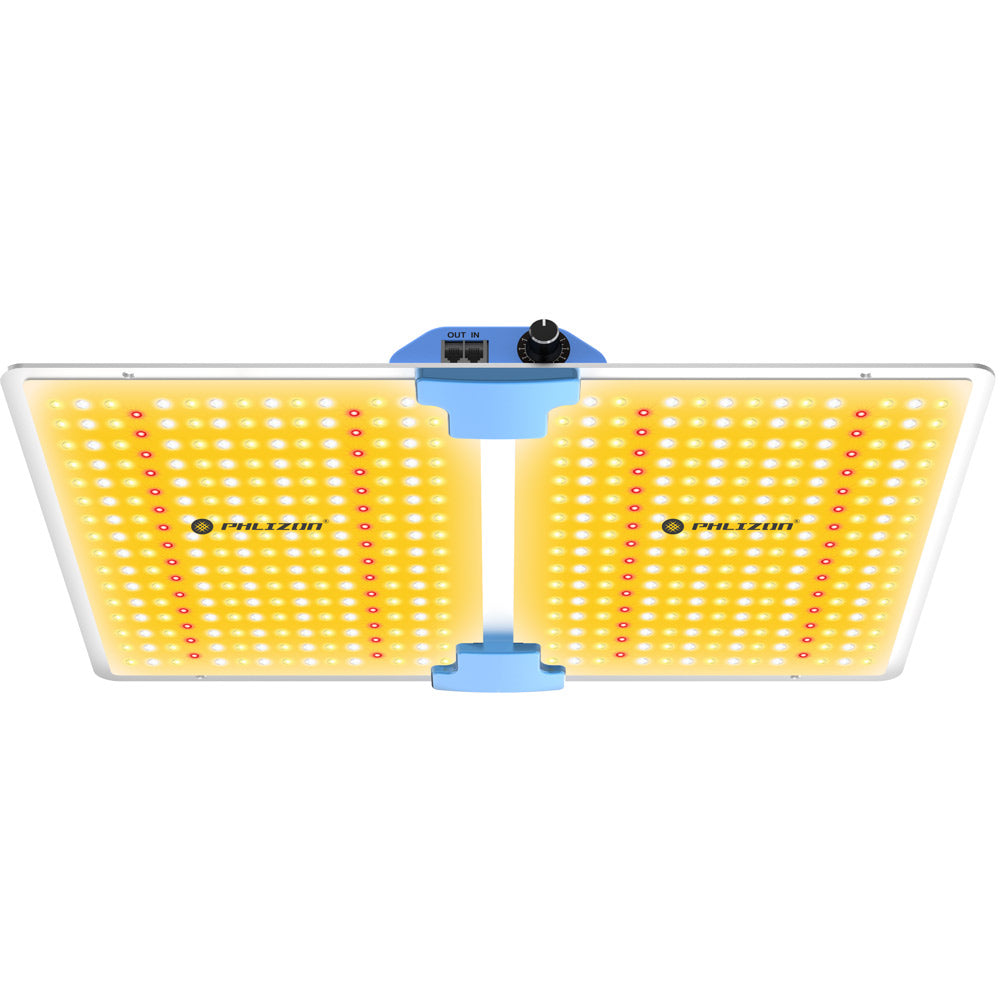Menu
Can You Use Regular Fluorescent Light to Grow Plants?
Introduction
A common knowledge among a majority of us, especially if you are into agriculture, is that sunlight is essential to the growth of plants.
Light plays a very important role in photosynthesis, however, in modern times, where greenhouses and other new means of cultivating certain plants prevent direct sunlight, it is necessary to make alternatives and hence the question of whether you can use regular fluorescent light to grow plants, do not worry, you will get your answers here.
The use of greenhouses and indoor farming has led to the adoption of artificial lighting like LEDs, incandescent and even fluorescent lights.

What are Fluorescent Lights?
Fluorescent light is a highly adaptable sort of lighting that you might have seen or used at the office, school, or even the grocery store. It is a more energy-efficient light type than others mentioned above, and even less expensive.
Fluorescent lights typically come in long bulbs in sizes ranging from T5, T8 and T12 and these lighting can used for low or medium light requirements.
They usually emit a full spectrum of light, giving necessary light to the vegetation, more like they'll almost get from direct daylight.
What Are The Advantages Of Using Regular Fluorescents For Plant Growth?
Using a regular fluorescent holds several advantages for the plant’s growth as a source of UV light, energy efficiency, growth and even the ease of setting them up.
Less Heat Generation and Low Energy Consumption
Fluorescent lights release less heat than incandescent bulbs and give brighter light, making them safer for your houseplants. This reduced heat generation allows lower power use and energy waste.
Allows Maximum Growth
Fluorescent light also allows seedlings to grow without heat stress as they produce light that is conducive to plant seedlings. Also in addition, some houseplants need a moderate amount of UV light for plant to carry out their photosynthesis and fluorescent handles that just so perfectly.
Easy to Setup and Readily Available
The fluorescent lights are readily available in stores and are also simple to set up which makes them handy for not just professionals, but beginners and gardeners as well.
These products are quite easy to set up in both indoor gardens and greenhouse lights. You can quickly adapt them to your existing plant grow lights, without the need for any complex electrical work.

What are the Limitations of Using Regular Fluorescent Lights?
The use of Regular fluorescent lights has some limitations when it comes to helping plants grow properly. Here are some of the limitations:
- Limited Light Spectrum: One of the limitations of fluorescent light is its limited spectrum of light. The wider the spectrum of light, the more suitable it is for plants. Other types like thefull spectrum LED grow light bar available on Phlizonstore offer a fuller spectrum.
- No intensity control: Fluorescent light doesn’t have a way to control its light while some others, like the450w LED grow lights, have a dimmer that enables you to change the intensity of light. This ensures that the light is applicable for different stages of growth in plants.
- Life Expectancy: With proper usage of light at an average operating hour, LED grow lightsare known to be more durable than their fluorescent counterparts.
- Not Suitable for All Plants: Fluorescent light uses the glass tube bulb which only facilitates the growth of certain plants at some certain phase. On the other hand, you can achieve more with the use of a grow light, like the100w grow light that uses a Samsung LED grow light.
- Not Suitable for All Plants: The low-energy light emitted by fluorescent light is not suitable for flowering plants or high-light-demanding plants.
Those are some of the main limitations of using a fluorescent light for plant growth but if you find yourself in a situation where you only have these fluorescents available, then you can read through the following paragraphs.
How do I Use Regular Fluorescent Lights for Plant Growth?
As you read earlier in this article, there are T5, T8, and T12. You can use the T5 for seedlings while T8 and T12 can be used for bigger setups. You can also choose the 6500 Kelvin bulb for vegetative growth.
When using fluorescent light, you must also consider the position at which you place the light and the duration of time the light stays on. Since fluorescent lights don’t get nearly as hot as other types of lighting, you can place them extremely close. As long as these lights are not touching your plants (the mature plants), you should be fine.
Another thing you must do while using a fluorescent light is to monitor the plant’s growth. You can regularly check the appearance or behaviour of the plant and make necessary adjustments where needed, in case of any strange appearances.
An instance of using fluorescent light is a herb gardener who lives in a small apartment which has limited access to sunlight. The gardener can use a combination of the T5 fluorescent and compact fluorescent bulbs, CFB, with a high colour temp. To grow a variety of herbs indoors. The bulb can be easily placed in the room, while also providing illumination to the room.

Conclusion
Using fluorescent lights for cultivating plants could serve as a realistic solution, especially for novices. They provide benefits in terms of energy efficiency, ease of setting up and adaptability.
However, these advantages must be balanced against its limitations such as restricted light spectrum and intensity. Depending on your plant requirements, specialised grow lights may be a better fit for your indoor garden.
To cap it all, when deciding between fluorescent lights and specialized grow lights, choose based on your specific needs and gardening preferences.
You must ensure you explore several options available as there are several other lighting options that you can choose and that will perfectly meet your unique needs.
Lastly, you can experiment with any light type you want and then let your plants direct you in choosing the ideal one.
Happy gardening!
Featured blog
- Choosing a selection results in a full page refresh.

















